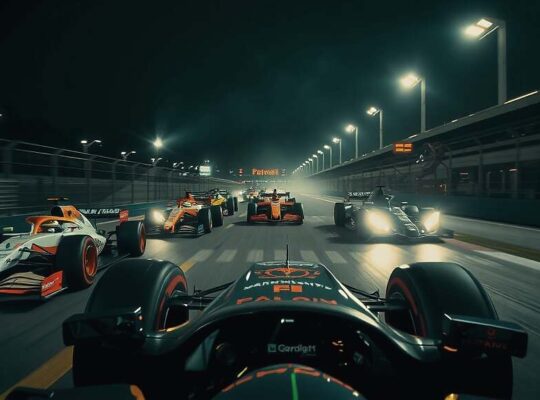The aftermath of the Las Vegas Formula 1 Grand Prix has ignited a fierce debate within the sport and potential ramifications for the World Championship standings. McLaren drivers Lando Norris and Oscar Piastri have been retrospectively disqualified from the race, a decision stemming from excessive wear detected on their skid blocks – crucial components designed to prevent illegal track running.
The disqualifications, announced by race stewards, have dramatically reshuffled the results; Norris relinquishes his second-place position, while Piastri’s fourth place is now void. Max Verstappen of Red Bull has subsequently been elevated to the victor’s position, pushing Mercedes drivers George Russell and Ferrari’s Kimi Antonelli up the order.
This isn’t an isolated incident; the sport has increasingly faced scrutiny regarding the stringent interpretation and enforcement of increasingly complex technical regulations. This echoes a similar controversy earlier this year when Ferrari’s Lewis Hamilton was also disqualified from the Chinese Grand Prix under virtually identical circumstances, highlighting a potential systemic issue with the current inspection process and the clarity of the regulations themselves. Many within the paddock are openly questioning whether the rules, particularly those surrounding skid block wear, are overly prescriptive and, crucially, consistently applied.
The timing of the decision couldn’t be more critical. With just two races remaining in the World Championship, the retrospective penalties severely impact the title race. While Norris retains a precarious lead with 390 points, his advantage over Verstappen and Piastri has been slashed to a mere 24 points each. The controversy raises uncomfortable questions about the fairness of the championship and whether technical assessments are being used to manipulate the final standings, especially given the close margins and the pressure cooker environment of Formula 1. The FIA’s handling of this situation will undoubtedly be under intense scrutiny as the season concludes and calls for a review of the technical regulations are growing louder.












